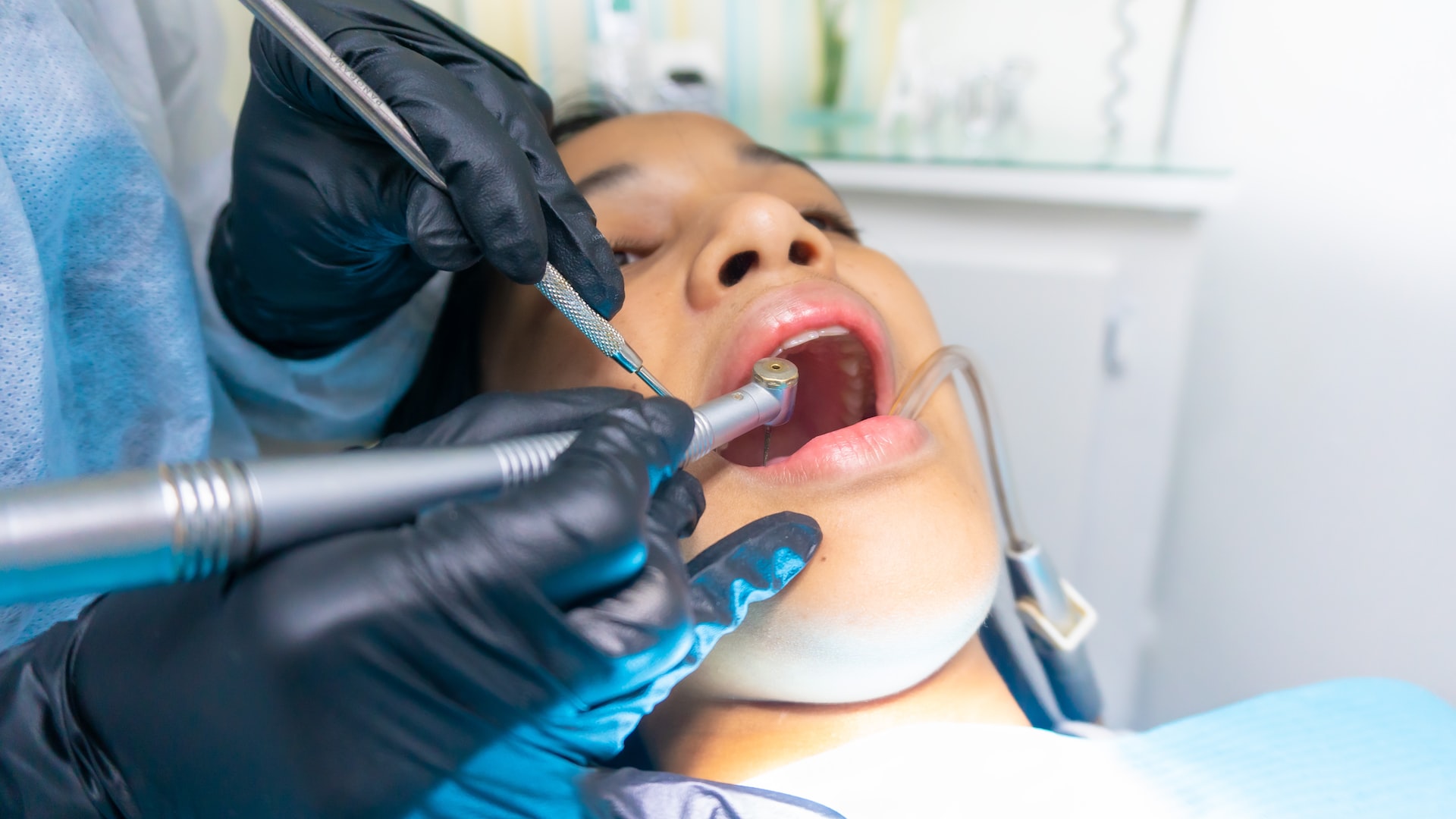
13 Mar What to Expect at Your Dental Cleaning and Exam
Ideally, you should get a dental exam at least once a year and a dental cleaning twice a year—it’s the best way to keep your teeth and gums healthy for the rest of your life.
But if you have been putting off going to the dentist, or you have never been to a dentist before, anticipating your first visit might make you feel a little nervous. Whether it’s your first time ever or your first visit after a long time, this short guide can help you know what to expect.
What Happens During a Dental Exam and Cleaning?
1: Full Mouth X-Rays
Your exam will most likely start off with a series of x-rays. Full mouth x-rays are one of the most important parts of an exam. They show your dentist if there is any decay inside your teeth or damage to your jawbone. X-rays also show the position of your teeth, giving your dentist a reference for future exams, so they can tell if your teeth have shifted.
2: A Visual Examination
Next, your dentist will come in to examine your teeth, mouth, and gums. Your dentist will visually assess your teeth, their spacing and number, and the density of their enamel. Using tools like mirrors to help them get a good look, they will most likely dictate notes to the treatment coordinator or assistant. Often they use abbreviated terms, but don’t worry—once the exam is complete, they will explain what they found and you’ll be able to ask questions.
3: A Chat with Your Dentist
During the final part of your exam, there will be time for you and your dentist to discuss your oral health. They will go over their findings from the x-rays and visual inspection. This would be when you and your dentist will discuss any treatments you might need and whether or not you’ll need to come back for a specialty appointment. This is also your chance to bring up any concerns you might have, like pain in your jaw, or ask about the best toothbrush to use.
4: A Professional Cleaning
Next, a dental hygienist will gently and thoroughly clean your teeth. Dental cleanings help obtain a healthier mouth, by removing bacteria, plaque, and tartar buildup. Leaving you with a fresh, sparkling smile!
There are several different types of tools that your hygienist might use to clean your teeth. They may start with an ultrasonic scaler. Ultrasonic scalers use vibrations. The speed of the vibrations knocks the plaque and tartar off your teeth in a fast and effective manner. There is no scraping metal against your teeth, and the tips are tiny enough to easily access areas where manual tools cannot. They usually finish with a gentle scraping tool that will remove any fine deposit still left on the teeth.
Next, your dental hygienist will clean your teeth with a dental hygiene handpiece. These handpieces are air or electric driven and are designed to provide a smooth and comfortable polishing of your teeth, making them white and bright. If your teeth need extra protection, they might also use it to apply a fluoride treatment.
After getting a dental cleaning, maintaining healthy teeth is a matter of sticking to an oral care routine that includes daily brushing and flossing.
What to Expect at a Routine Dental Appointment
How Long Does a Dental Exam Take?
A dental cleaning normally takes about 30-45 minutes. It could take longer if you have a significant amount of plaque and tartar buildup, need treatment for gum disease or have a very sensitive mouth. If a dental cleaning goes longer than your scheduled time, you may be asked to schedule a time to come back for further treatment.
Does a Dental Cleaning Hurt?
Plaque and tartar can be quite hard to remove, and if your teeth are sensitive, a cleaning might cause some discomfort or a small amount of pain. But it’s not normal for a cleaning to hurt. If you are concerned about pain, let your dentist’s office know when you book your appointment. They might recommend taking pain medication before your cleaning or they might administer a numbing agent.
What Is a Specialty Appointment?
Any procedures outside of a cleaning or exam might take a specialty appointment. Some simple treatments—like getting a cavity filled or your teeth whitened—can take place the same day as your cleaning if your dentist has time. But if you need to get more than one cavity filled, or your dentist needs to place an inlay or an onlay, you’ll probably have to come back for a second appointment.
Don’t Let a Fear of the Dentist Keep You Away
Fear of the dentist can stem from many different things. It could be limited exposure to dental exams as a child, a run-in with a bad dentist, or generalized anxiety. Fear of the dentist is extremely common, and finding a dentist you trust, and that is kind and careful can help put you at ease.
It is also important to note that dental work, while extremely important to your overall health, is always consent-based. Your dentist will never do anything to your teeth, gums, or jaw without letting you know what is happening. And if you don’t want the treatment, you have every right to refuse.
Expert Dental Care in Prescott, Arizona
We understand that coming to the dentist after a long time can be stressful. At Hicks Dental Group we strive to be the best dentists in the area, with the most up-to-date practices and kind and considerate doctors and staff. If you want to start taking better care of your oral health, give us a call for an appointment. Let us make your dental experience the best it can possibly be.
Images used under creative commons license – commercial use (3/12/23). Photo by lafayett zapata montero on Unsplash.

